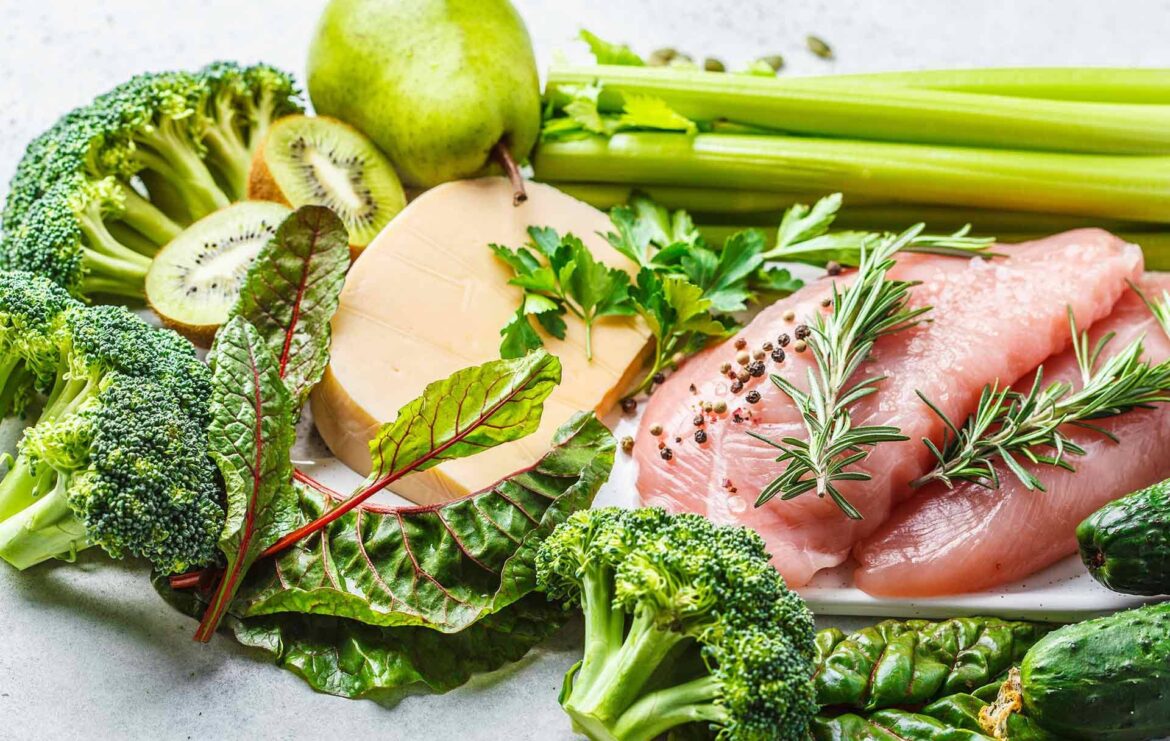2.4K
The foundation of a flexitarian diet usually consists of fresh fruit, vegetables, whole grains and legumes. Animal products can also be on the plan, as long as they are consumed consciously and in an organic sense. In this article you will learn everything else there is to know about a flexitarian diet.
This is what a flexitarian diet looks like
A flexitarian diet focuses on plant-based protein sources and fruits and vegetables. However, this diet does not completely avoid animal products. Therefore, it is important where the products come from and how they are produced.
- In a Forsa survey in 2020 on meat consumption and eating habits, around 55 percent of respondents said they were flexitarians.
- Basically, flexitarians could also be called part-time vegetarians.
- This is because although the main focus of the diet is on fruit and vegetables, they do not completely avoid animal products such as milk, cheese, meat and fish.
- Flexitarians usually only eat very high-quality animal products, in the best case from regional farming. Therefore, they only make an exception in special cases and thus eat less meat overall.
- Nevertheless, flexitarians do not want to be deprived of their flexibility and do without meat completely. This is the crucial difference to vegetarians and vegans.
The benefits of flexible diets
Flexitarians benefit from health and environmental advantages in their diet and still remain flexible, which gives you more freedom in eating than, for example, vegans or vegetarians.
- Because flexitarians eat only high-quality meat and only rarely, they contribute to the fight against factory farming and climate change.
- Regional farms that are committed to species-appropriate husbandry are supported by the flexitarian diet.
- By reducing their meat consumption, flexitarians not only do something for animal welfare and the environment, but also for their own health. People who eat little meat have fewer problems with obesity, diabetes II and cardiovascular disease.
- Focusing on vegetables and fruits also leads to a healthy and varied diet that benefits the body.

